My MIL Demanded Our Key, So I Put a Hidden Camera to Catch Her
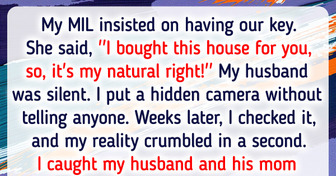
Want to figure out together what a cross sea phenomenon is? It’s not a body of water that gets angry all of a sudden if that’s what you’re thinking. (Ha. It was what I was thinking!) It’s more like the ocean playing a game of chess with itself, creating these beautiful square waves. But beware, it’s not just a harmless game! These waves can be seriously dangerous, especially for swimmers and boaters.
Imagine being caught in the middle of two opposing swells, waves coming at you from all directions. That’s a cross sea — also called “square waves” — and it can appear and disappear within minutes, making it even more unpredictable and hard to navigate through. They’re more common in shallow waters, like off the coast of France’s Isle of Rhé or on the beaches of Tel Aviv, but they can pop up anywhere around the world.
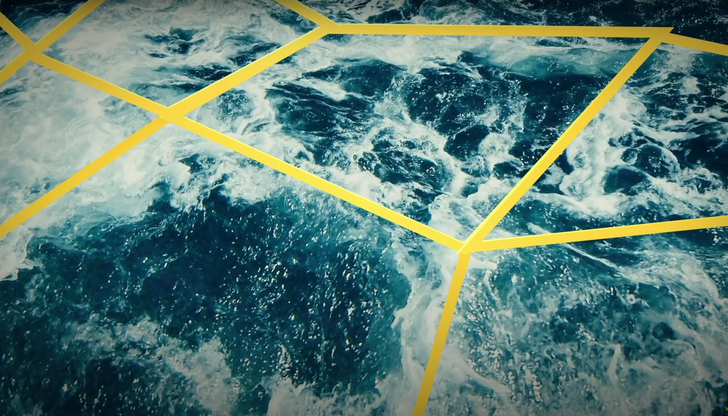
Scientists have a fancy name for it: the Kadomtsev-Petviashvili equation, but boaters and swimmers call it a hazard. And that’s much simpler. These waves can create strong and powerful rip tides, which can easily tip over boats or suck swimmers out to sea. Not to mention, they can be towering in height, earning them the nickname ’white walls’. Yikes! So if you ever see these waves, take it from specialists and stay out of the water! And if you do happen to find yourself surrounded by them, don’t panic, but do make your way to shore as quickly as possible. When the ocean decides to go rogue, it means business, so it’s best not to mess around.
Now because you’re a water sports fan and are always ready to hit the waves, doesn’t mean you should simply jump in. Before you splash, let’s make sure you know how to stay safe. Waves are like a crazy roller-coaster ride — exciting, but sometimes dangerous, especially for the inexperienced. So, understanding how they work is key to keeping yourself and others safe.
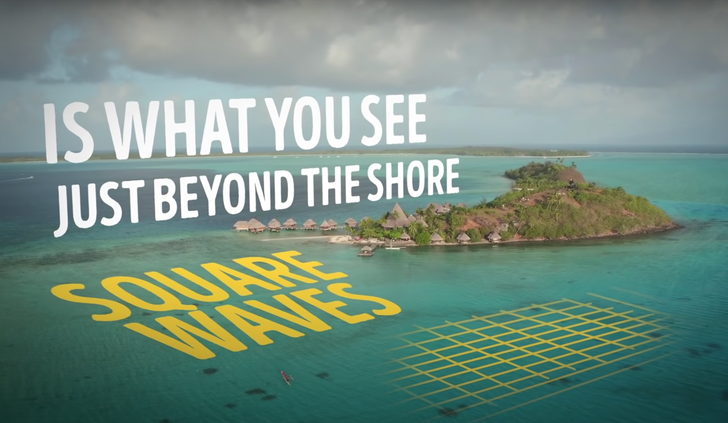
First things first! Makes sense. Before we can discuss how you can protect yourself from dangerous waves, you need to know how they are formed — at least the simple ones: when the wind comes into contact with the upper layer of the sea, it makes a bump. All that water continues to ripple and move forward. But the size and power of the waves depend on three main factors: wind strength, how long it’s been blowing, and how far the wave has traveled, also known as "the fetch’.
Now, let’s talk about the different types of waves. Spilling waves are like that warm hug from grandma — soft and consistent. They gradually diffuse as they get closer to the shore and are great for beginner surfers, for example, or people that are now learning how to swim. Dumping waves, on the other hand, are powerful and unpredictable. They break quickly with a lot of force and should not be messed with, especially by beginners. And then there are surging waves, which don’t break but can unbalance you and drag you into deeper water. So, watch out for those, too!
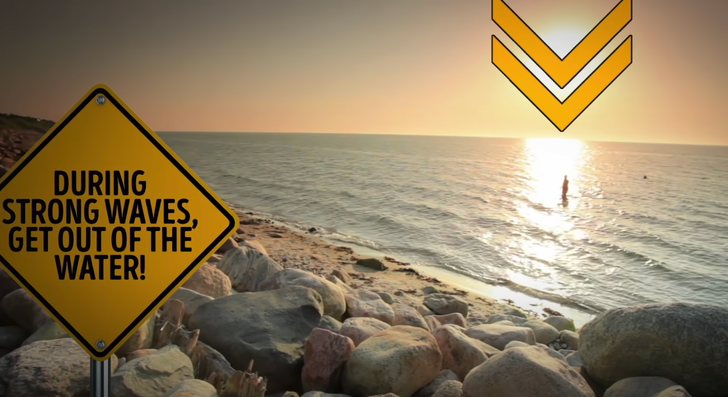
But fear not, you can gather some tips that might help with keeping you safe and sound. First up, wave dodging. It’s exciting to be on the lookout for a wave to take over the beach, but even water as tall as a regular fork can knock you off your feet. So, enjoy the views of that powerful body of water from a safe distance. Next, get to know rips. Between waves, these are strong currents that can quickly sweep persons and debris into deeper water. So, make sure you know how to feel them out and what to do if you get caught in one.
Thirdly, know thyself. (Thank you Socrates. He was on the Greek swim team). The right kind of waves can be tons of fun but always try to remember the limits of your own body. Rough waters, fierce currents, and unstable waves may look exciting, but they can easily surprise even the most experienced swimmers and exhaust all their energy in an instant. So, if the water looks feisty, don’t go in. And if conditions switch from calm to rough while you’re in the water, it’s best to be on the safe side and get out until things calm down.
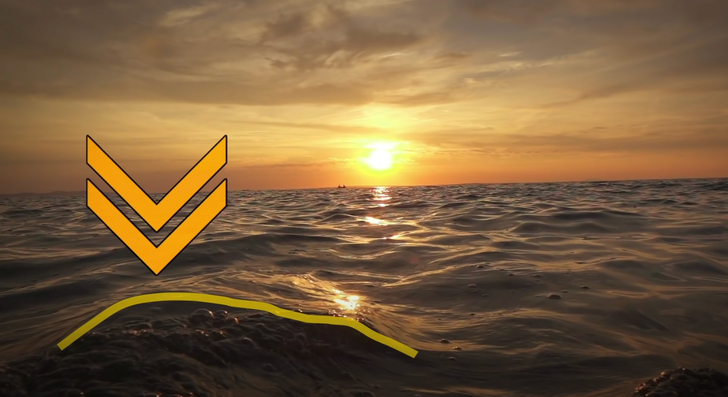
Last but not least, check the weather forecast before heading off to the beach. See if there’s anything worth knowing on the local news channels, for example, to make sure it’s safe to swim, surf or simply float on a waterbed. When it’s lifeguarding season, try to opt for a beach that has a designated lifeguard on duty. Always play water sports between flags that are marked yellow and red.
Now, if there’s a type of wave that can send chills down your spine simply by hearing its name, it’s probably the tsunami. Did you know that “tsunami” is actually a Japanese word that means “harbor wave”? And let me tell you, these waves are no joke! They’re caused by some serious movements in Earth’s outer layer, or crust, which can shove the ocean water and create some enormous waves.
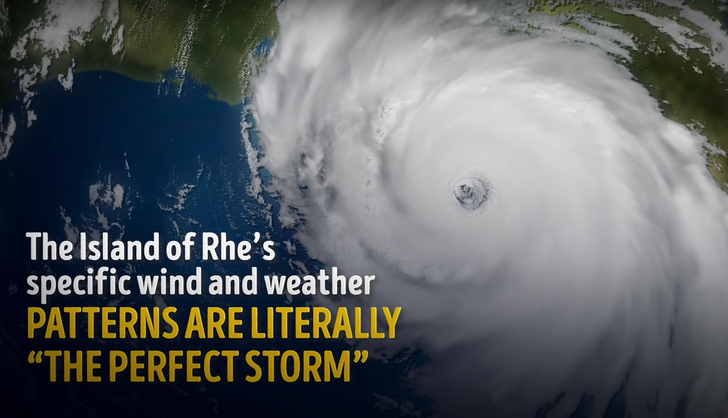
Think about it like this: let’s say you’re playing with a friend, and you’re leaning against each other. If you each started to push hard enough, one of you would eventually lose your balance. Well, that’s kind of like what happens with Earth’s tectonic plates. If there’s enough pressure between them that one of them moves or breaks, it can cause an earthquake. And if that earthquake is produced in the ocean, it can giggle a large piece of Earth’s crust, which in turn bumps the water covering it, creating a tsunami.
Just because an earthquake happened or a volcano erupted, it doesn’t mean it’s going to be followed by a tsunami. It depends on a bunch of different factors, like how the ocean floor is shaped, for example. But if there’s even a chance that a tsunami might be on its way, you definitely don’t want to be anywhere near the coast! Luckily, we have some pretty cool technology that can help us detect and predict tsunamis. For example, NASA’s MISR tool uses nine cameras pointed in different directions to capture images of sunlight bouncing off the movement of the water in the ocean. These photographs can provide adequate notice for people to flee and be safe while also assisting scientists to improve their understanding of how tsunamis happen.
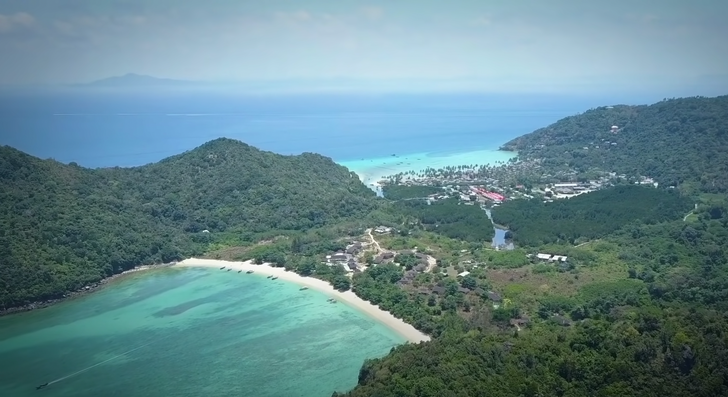
Sure, you’ve heard about many tsunamis by now, some scarier than others. Turns out that one of the most destructive such waves happened pretty recently in history. All seemed quiet in December 2004, on the shores of Thailand, Sri Lanka, and Indonesia. However, at 7:59 am on December 26th, a monstrous 9.1 magnitude earthquake rocked the Indian Ocean, sending a colossal spike of water roaring towards the shores.
The first city to be struck was the one on the northern point of Sumatra [soo-maa-truh]. It was no surprise — this area was closest to the earthquake’s focal point. Try to picture a wave as high as a mountain swallowing a city that housed 320,000 people. It was a complete disaster. Buildings simply crumbled under the pressure, like they were made out of paper. Next up was Thailand, as the waves traveled extremely fast through the Indian Ocean. Those waves continued with hitting two Thai coastal provinces, a bit over an hour later. Both tourists and locals were caught completely off guard. About sixty minutes later, the waves made their way off the coast of India, flooding the shores with aggressive waters and debris. It was Sri Lanka that was most affected by the tsunami, though.
Nearly eight hours after the incredibly powerful earthquake started, swimmers in South Africa — located thousands of miles from the epicenter — were caught off guard by swells and rogue waves. This added to the toll of the tsunami’s immense power. A specialized researcher explained that the earthquake was so strong that it created an immense rupture. It was hundreds of miles worth of a canal along the Australian and Indian plates. The earthquake lasted an unbelievable 10 minutes rather than delivering a single powerful shock — like it happens with most quakes. If the currents don’t drag you under, once you’re in the turbulent waters, the debris will do it for them. Contrary to what many people believe, tsunamis are not like the enormous waves found at surfing breaks. They are extremely challenging to survive.











